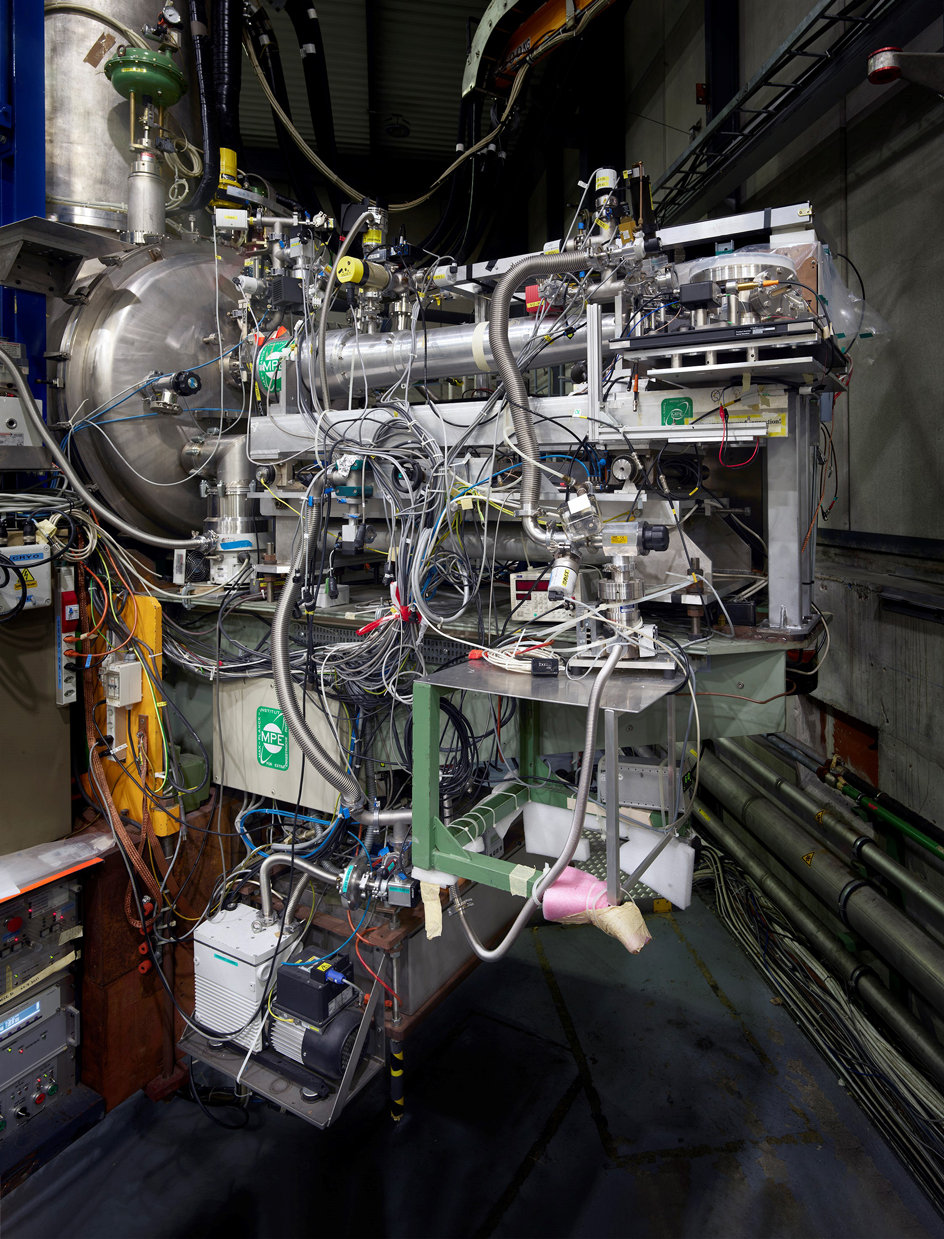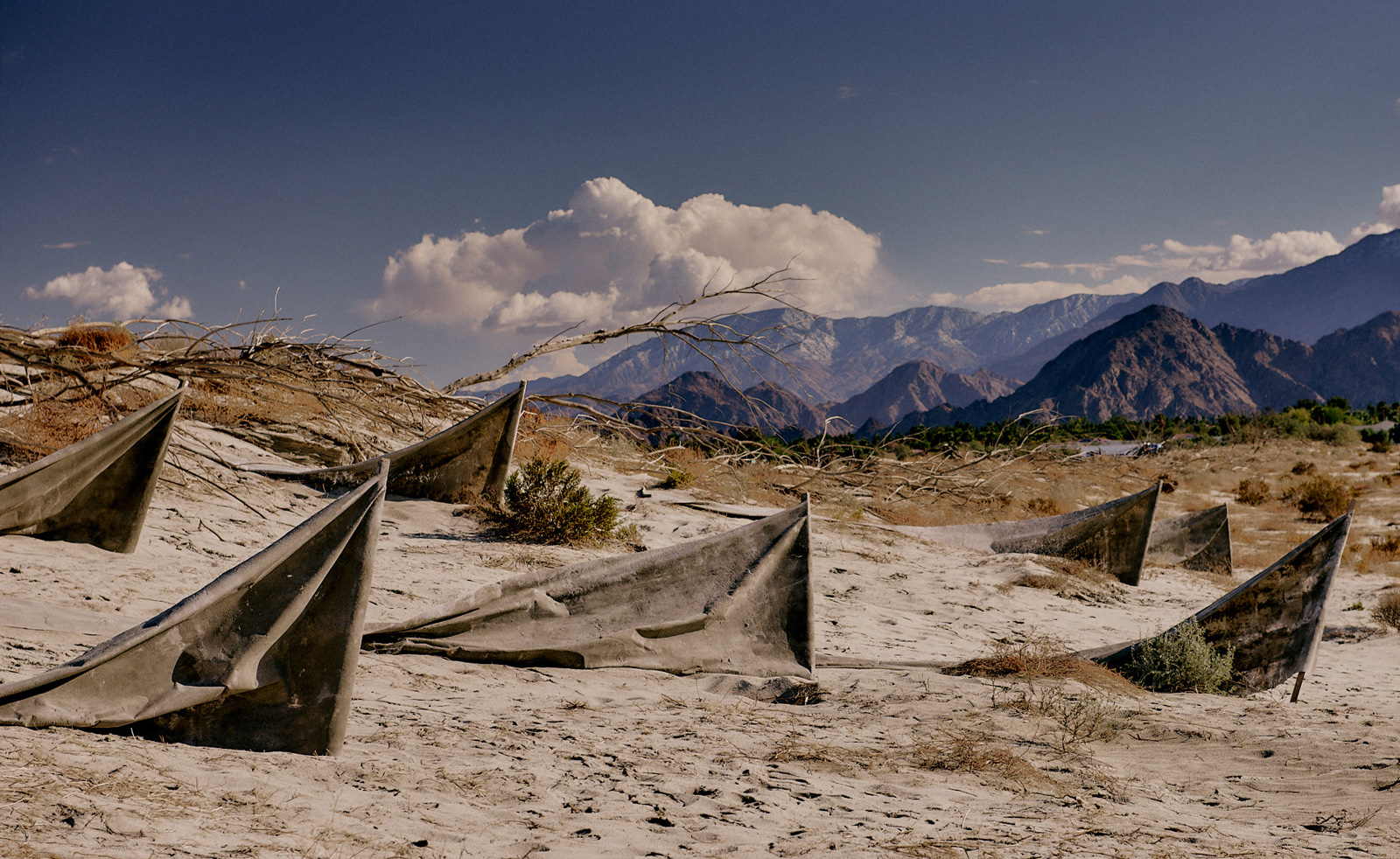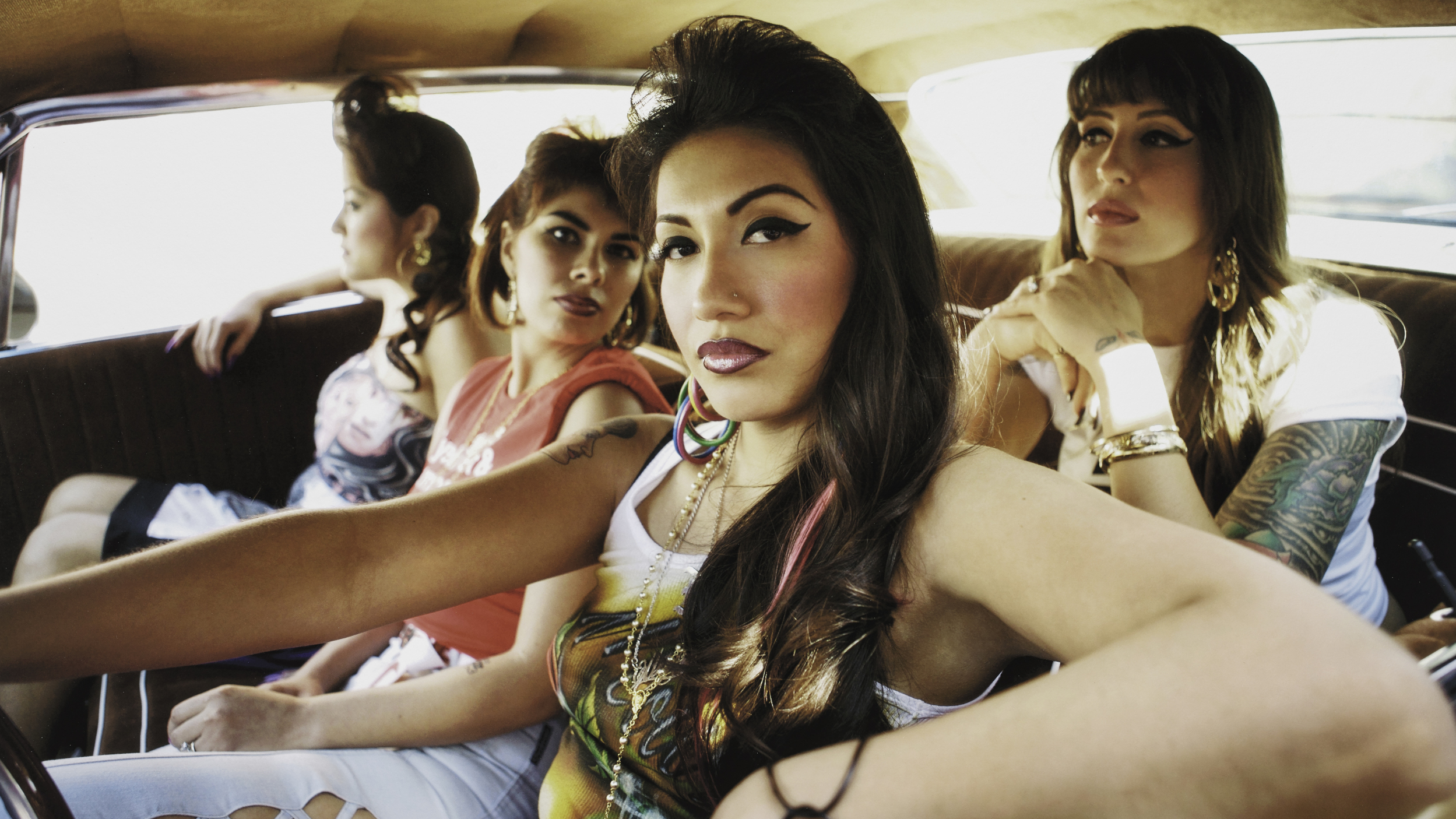Thomas Struth on four decades of art: ‘I know more, I see more, and I suffer more’
German artist Thomas Struth has looked deeply and widely into the relationship between people and their environment. With concurrent exhibitions in New York and Berlin, the artist tells us about his fusion of science, nature and family

Thomas Struth - Photography
Growing up in postwar Germany in the aftermath of the Holocaust, with a father who had been a soldier in Hitler’s army, it’s perhaps no surprise that for artist Thomas Struth ‘the existential questions were very close’. As a young man, Struth turned to family photo albums in search of the truth. ‘I was looking for answers, beyond what the older generation would tell us.’
Struth initially studied painting under Gerhard Richter at the Düsseldorf Academy of Fine Arts but switched to photography in 1976. He became part of the first cohort of artists trained by Bernd and Hilla Becher, the husband-and-wife duo who pioneered a vision of industrial architecture and influenced an entirely new movement in photography.
Struth’s own work has evolved considerably in its own right since – but he has stuck solidly to three monumental themes: science, nature and family. All three are present in the artist’s 16th solo exhibition with Marian Goodman Gallery, currently showing in New York, a series of new works, spectacular in scale and exquisite in detail.

ALICE, CERN, Saint Genis-Pouilly, 2019, inkjet print Image. Courtesy of the artist and Marian Goodman Gallery, New York
There are huge landscape photographs, waxed inkjet prints, taken near Struth’s country house, for example, where he spent eight months with his wife and son during the pandemic. Schlichter Weg, Feldberger Seenlandschaft, 2021, is perhaps the centrepiece of this body of work: an emotive two-by-four-metre scene of snow-covered shrubbery and tangles of branches. Like many other images by Struth, it is desolate and destitute yet somehow hinting at hope. ‘I walked along that road to the forest near our country house very often. On a very cold day I was on a walk, saw this location and I made some tests with my phone – and that became my Covid picture. It’s very dramatic, very still, the bushes are collapsing but at the same time trees are reaching up to the sky. It’s like a battle scene. It expresses what I was feeling during the pandemic.’
Also showing in New York are what may be the last pictures in Struth’s 12-year investigation into technology, taken during four visits to CERN (the European Organisation for Nuclear Research) between 2019 and 2021. Just as his best-known series, the Museum Photographs, ended with pictures of crowds at the Prado, Struth’s photographs of CERN, the largest scientific research centre of its kind in the world, might be the perfect culmination for the technology series, documenting retired detectors and X-ray telescopes that bear witness to the human quest for knowledge and the desire to analyse, categorise and control – qualities that share an affinity with the pursuit of photography.

Schlichter Weg, Feldberger Seenlandschaft, 2021, inkjet print Image. Courtesy of the artist and Marian Goodman Gallery, New York
Family Portraits – featuring Struth’s only figurative pictures – is a series ongoing since the 1980s. It first evolved from a collaboration with a psychoanalyst he met who used family photographs to explore the psyche of his clients – photographs as expressions of how family life was. Concurrent to the New York show, Struth is also exhibiting new Family Portraits and photographs taken at CERN across two spaces of Galerie Max Hetzler, Berlin.
Over the years, Struth has developed a few simple rules for portraits – the subjects are photographed in their own homes, and Struth sets the frame, with minimal background details – not too much to distract from the gazes. The subjects are then told to pose as they want. ‘When you don’t act, when you do nothing, thoughts and feelings come and go, and you’re in this constant flow which you then can observe. That moment interests me,’ he says. In the latest pictures are people very close to the artist – his neighbours of 13 years, old friends, and his brother and his family. They are simultaneously intensely intimate and distant from the viewer – asking the audience, perhaps, to reflect on their own family rather than inviting them to know the subjects in front of them. ‘I think I’ve always wanted to do work that is universal and not connected to time, aside from the fact it’s a photograph – I am most interested in making exemplary images,’ Struth says. These are, in a way, portraits of portraits, rather than depictions that try to capture some truth about the subjects.
Wallpaper* Newsletter
Receive our daily digest of inspiration, escapism and design stories from around the world direct to your inbox.

X-ray Telescope, CAST, CERN, Ferney-Voltaire, 2021, inkjet print Image. Courtesy of the artist and Marian Goodman Gallery, New York
This is perhaps the thread that connects all three of Struth’s distinct bodies of work – a fascination with time and photography’s particular relationship with it: ‘Photography arrests and elongates something that is immediately past,’ he reflects. ‘My motivation has to do with the question, how do we live with history?’ There is little in the pictures to reveal when and where they were taken – but as you stand in front of them, there is a sense of time sifting, fragile and transient.
So what has photography taught Struth, now 67, over these four decades?
‘I know more, I see more, and I suffer more,’ he reveals, ‘but I also value and enjoy the people I love even more, and appreciate every instance of positive action, every opportunity for an embrace and expression of love.’

Decay Station, ISOLDE, CERN, Meyrin, 2019 Inkjet print Image. Courtesy of the artist and Marian Goodman Gallery, New York
INFORMATION
Thomas Struth’s solo exhibition is at Marian Goodman Gallery, New York until 23 April 2022. mariangoodman.com
Charlotte Jansen is a journalist and the author of two books on photography, Girl on Girl (2017) and Photography Now (2021). She is commissioning editor at Elephant magazine and has written on contemporary art and culture for The Guardian, the Financial Times, ELLE, the British Journal of Photography, Frieze and Artsy. Jansen is also presenter of Dior Talks podcast series, The Female Gaze.
-
 Put these emerging artists on your radar
Put these emerging artists on your radarThis crop of six new talents is poised to shake up the art world. Get to know them now
By Tianna Williams
-
 Dining at Pyrá feels like a Mediterranean kiss on both cheeks
Dining at Pyrá feels like a Mediterranean kiss on both cheeksDesigned by House of Dré, this Lonsdale Road addition dishes up an enticing fusion of Greek and Spanish cooking
By Sofia de la Cruz
-
 Creased, crumpled: S/S 2025 menswear is about clothes that have ‘lived a life’
Creased, crumpled: S/S 2025 menswear is about clothes that have ‘lived a life’The S/S 2025 menswear collections see designers embrace the creased and the crumpled, conjuring a mood of laidback languor that ran through the season – captured here by photographer Steve Harnacke and stylist Nicola Neri for Wallpaper*
By Jack Moss
-
 Leonard Baby's paintings reflect on his fundamentalist upbringing, a decade after he left the church
Leonard Baby's paintings reflect on his fundamentalist upbringing, a decade after he left the churchThe American artist considers depression and the suppressed queerness of his childhood in a series of intensely personal paintings, on show at Half Gallery, New York
By Orla Brennan
-
 Desert X 2025 review: a new American dream grows in the Coachella Valley
Desert X 2025 review: a new American dream grows in the Coachella ValleyWill Jennings reports from the epic California art festival. Here are the highlights
By Will Jennings
-
 This rainbow-coloured flower show was inspired by Luis Barragán's architecture
This rainbow-coloured flower show was inspired by Luis Barragán's architectureModernism shows off its flowery side at the New York Botanical Garden's annual orchid show.
By Tianna Williams
-
 ‘Psychedelic art palace’ Meow Wolf is coming to New York
‘Psychedelic art palace’ Meow Wolf is coming to New YorkThe ultimate immersive exhibition, which combines art and theatre in its surreal shows, is opening a seventh outpost in The Seaport neighbourhood
By Anna Solomon
-
 Wim Wenders’ photographs of moody Americana capture the themes in the director’s iconic films
Wim Wenders’ photographs of moody Americana capture the themes in the director’s iconic films'Driving without a destination is my greatest passion,' says Wenders. whose new exhibition has opened in New York’s Howard Greenberg Gallery
By Osman Can Yerebakan
-
 20 years on, ‘The Gates’ makes a digital return to Central Park
20 years on, ‘The Gates’ makes a digital return to Central ParkThe 2005 installation ‘The Gates’ by Christo and Jeanne-Claude marks its 20th anniversary with a digital comeback, relived through the lens of your phone
By Tianna Williams
-
 In ‘The Last Showgirl’, nostalgia is a drug like any other
In ‘The Last Showgirl’, nostalgia is a drug like any otherGia Coppola takes us to Las Vegas after the party has ended in new film starring Pamela Anderson, The Last Showgirl
By Billie Walker
-
 ‘American Photography’: centuries-spanning show reveals timely truths
‘American Photography’: centuries-spanning show reveals timely truthsAt the Rijksmuseum in Amsterdam, Europe’s first major survey of American photography reveals the contradictions and complexities that have long defined this world superpower
By Daisy Woodward